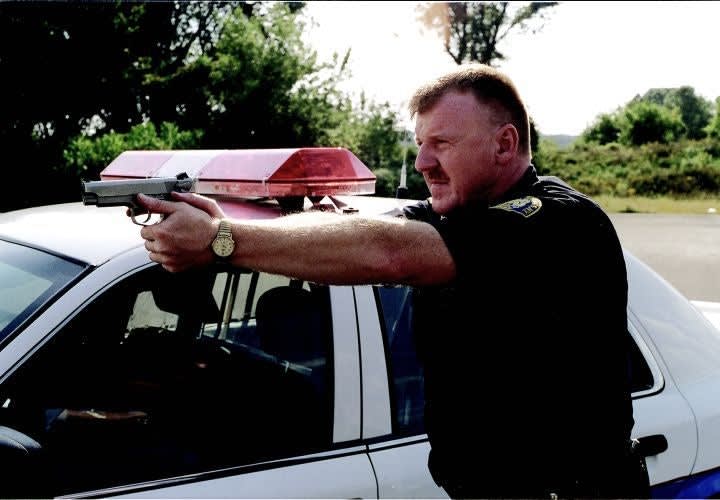The interview stance is another bone of contention among firearms instructors. The interview stance, where your gun side is bladed away from a subject you’re talking to, is a good sound officer survival tactic. This tactic should be used when interviewing subjects—but only then. It is meant to protect your firearm from a surprise gun-grab attempt by the person you are interviewing. That’s it, nothing more. It is not a shooting stance.
Practice in Position
In most cases officers are trained in some type of static line sighted shooting—not shooting on the move. When the shooting starts you’re going to want to move and move quickly. If this is the case, then why not train that way all the time? Every time you go to the range you should be practicing shooting on the move. Is it more time consuming? Yes, it is, which means it’s more costly. But nowhere near as costly as it would be to replace a fallen or injured officer.
When you’re at the range, forget the Weaver stance or whatever other stance you’ve been trained in. If you’re not going to use it under the stress of an actual OIS, then don’t waste your time training with it.
From the position your body instinctively takes, you can walk backward, forward, and side-to-side with ease. Start off slowly at first and dry fire it a few times to get the feel for it. For safety reasons you should always be training with a partner. Take advantage of this situation and have your training partner take hold of your collar as you move. This way you don’t have to worry about falling. Not that you would, because you’re walking the same way you always walk: naturally and instinctively.












